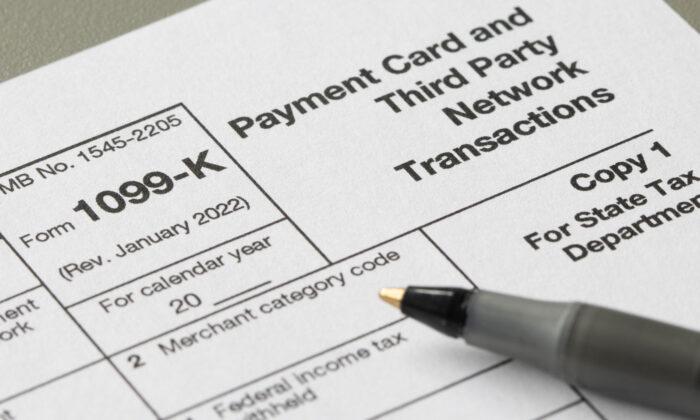Millions of renters are subjected to climate-related risks. About 18.2 million rental units are at risk from hurricanes, wildfires, earthquakes, and other hazards.
Occupied Rentals Exposed to Threats
A new study by Harvard’s Joint Center for Housing reported renters’ exposure to severe weather-related threats. It showed that 41 percent of U.S. rental units were threatened.Hurricanes, wildfires, earthquakes, and similar disasters put 18.2 million units at risk for substantial loss.
Because of the additional building in more vulnerable weather-related areas, newer rentals had the most risk. Since 2000, nearly 50 percent of rentals are located in areas of substantial losses. That’s double the 24 percent built since 1940 in high-risk areas.
Older rental units have the highest rate of inadequacies. Codes for building earthquake- and hurricane-resistant structures have advanced, but older units still exist with archaic building codes.
Renters in California and Florida
Two of the top 10 states with weather-related threats to renters are California and Florida.In California, 17 million people, or 40 percent of the state, are renters. Florida has 2.90 million renters, or 32.8 percent of households.
Both California and Florida are overly prone to natural disasters. For example, before Hawaii, California was the most disaster-prone state in the nation. Natural disasters consist of severe storms producing hail, wildfires, tornadoes, and earthquakes.
Seventy-seven of California’s rentals are located in neighborhoods expected to face annual economic losses due to weather or earthquakes.
Florida is plagued with hurricanes and wildfires.
Many of these states’ renters are more vulnerable to natural disaster losses. Homeowners tend to have insurance. But some renters aren’t aware of the need to purchase insurance or can’t afford it.
Renters Insurance Deters Economic Losses
Renters insurance, or tenant insurance, helps cover unexpected disasters or events. Renters insurance is similar to homeowners insurance with some exceptions.- furniture
- clothing
- your own appliances and electronics
- sporting goods
- any property you keep in your rental
- the structure of your rented apartment/house
- permanent fixtures (stove, refrigerator, etc.)
- your car
- anything outside the building
- anything you do not own (like your roommate’s or landlord’s belongings)
Additional living expenses are one major coverage that helps in the event of a partial or total loss. It will pay for everyday living expenses if your rental becomes unhabitable because of a covered peril (wind, fire, etc.). This is often called loss of use coverage.
Renters Insurance Does Not Cover Earthquake Damage
Earthquakes are a fact in California. They cause a lot of damage to belongings. Renters insurance, like homeowners insurance, does not cover earthquakes. You must purchase it separately.Earthquake insurance will cover damage to your belongings, It will also pay living expenses while your rented home is being repaired.
In California, you purchase it from the California Earthquake Authority (CEA). You don’t buy earthquake insurance directly from the CEA; it is available through insurance companies that are CEA members.
Flood Loss Not Covered by Renters Insurance
Although renters insurance covers rain or damage from a backed-up sewer or broken pipe, it doesn’t cover flooding. You must purchase a separate flood policy.The FEMA National Flood Insurance Program (NFIP) is available through your renter’s insurance company or with an independent agent.
Renters at Risk for Losses
There’s an increase in the number of rental units vulnerable to natural disasters. Renters need to be aware of these risks and take steps to protect themselves from economic losses.By purchasing renters insurance, they take the first steps in averting an economic disaster.








